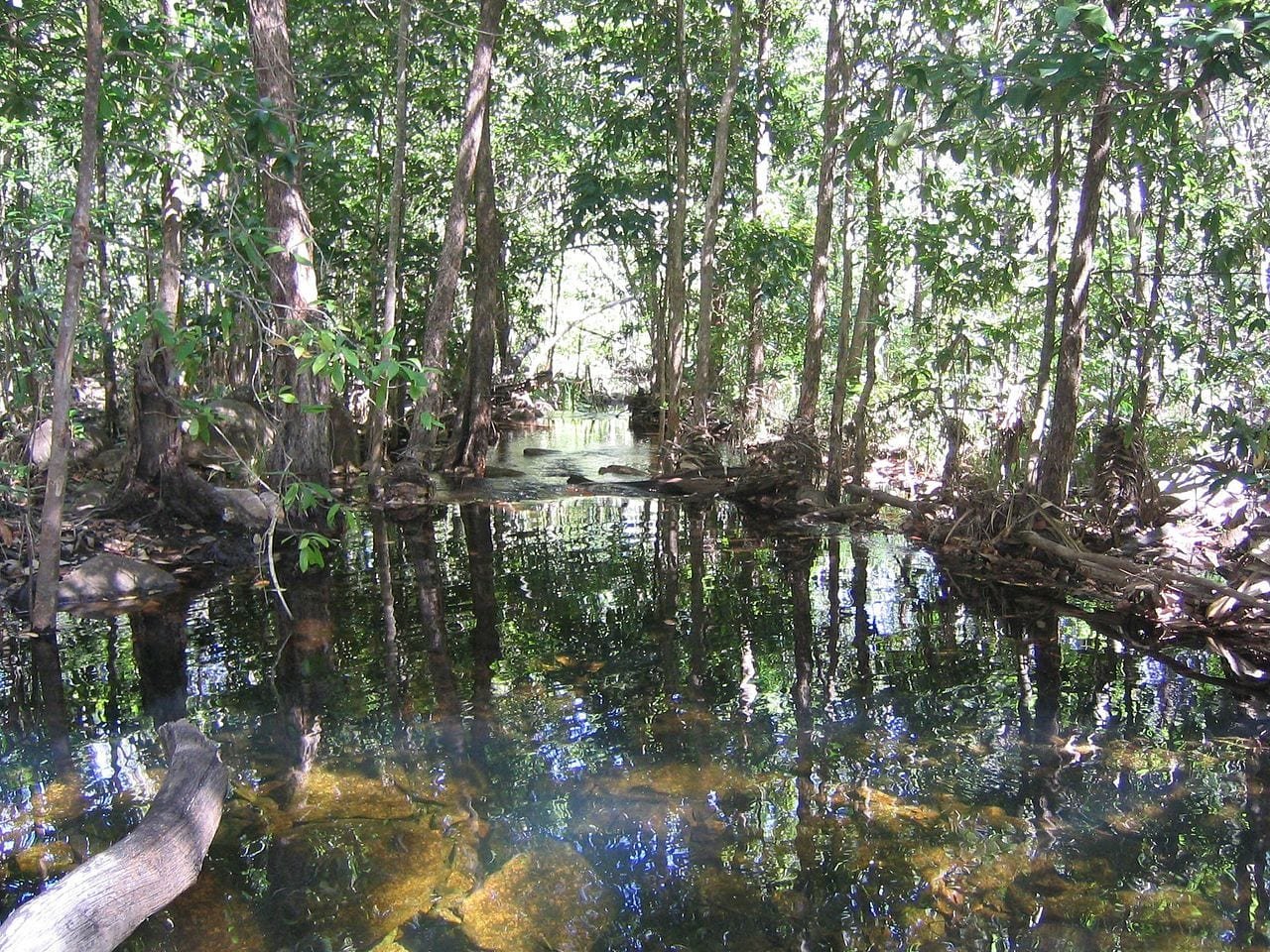By Susan McDonald
Sharing a moment with a person of a different culture is an integral part of traveling. In fact, people are an integral part of traveling – it is, after all, invariably who you meet, who you laugh with, and the long conversations into the night that make up the best of your travel stories.
However, for all the interactions with your fellow travelers yield, the true traveler always pines for that adventure that’s beyond the last ridge of the mountain, the journey to a remote part of the globe that few people get to experience. It’s not an ego thing; the quest is steeped in the adventure of exploring a land where there’s still blank spots left on the map, a land where there’s no conveniences or guidebooks to make the journey easy. These are the remote places of the earth which, despite increased tourism, essentially remain untouched.
If you share a similar longing to ditch all the conventional routes and head to a land where there is little more than you, your supplies, and sensational views and surroundings, then check out our list of remote places that can be visited below.
Arctic
“The Arctic” is a bit of a misleading title, since it covers so much of the world and spans over seven countries. But make no mistake, the arctic is remote; if you were to be dropped in at a random point, your chances wouldn’t be good – you’d most like to see a sheet of ice stretching far into the distance on every side. Yet, if you can get there – supervised – then you’ll be handsomely rewarded with unforgettable views and perhaps a sight of the magical Aurora Borealis. The Arctic remains mostly undiscovered and virtually devoid of people, but the emerging tourism market has made it much easier to visit the top of the world, striking a healthy balance between mass tourism and red-tape blocking a chance to see one of the most special place on Earth.
Antarctica
Our next destination is on the other side of the globe, in Antarctica, a land with no indigenous people, as you might expect from a place that is the end of the world. Getting here – and staying here – is a bit trickier than its frozen counterpart in the north; there are no towns, no conveniences, nothing manmade bar a few scientific buildings. But don’t let that deter you – this is the most spectacular place on earth, the last true complete wilderness left where you’ll discover just how small we really are. In Antarctica, you’ll see spectacular wildlife and the even more spectacular icebergs, which are sublime and stretch so far as you can see. If you really like the place, and are young enough, consider becoming a scientist and you get to work there!
Tristan de Cunha
If you need warming up after your Arctic and Antarctica escapades, consider traveling to a small island in the South Atlantic Ocean that goes by the name of Tristan de Cunha, which is officially the most remote island in the world. It is a preposterous 2430 km away from the land; even more preposterous is that people actually live here! There are around 300 in total. Getting there isn’t easy, as you’d imagine. You’ll need to get a boat (there is no airport on the island) from South Africa that takes roughly six days. You also need to get written permission to enter before you arrive (advice: write that letter and wait for its reply before you board the boat…just in case). Also, though it’s remote, don’t expect everything to be new and unknown – their currency is the British pound.
The Republic of Nauru
If you’re looking for remote places, then maybe you’d be interested in places remote from tourists. In which case, step forward Nauru, an island of just 10,000 people (making it the second small state after the Vatican) that is one of the least visited countries’ in the world. However, despite the lack of endorsement from other travelers, it really is worth visiting. To get there you’ll have to fly to Australia and then onto the island, but you’ll be rewarded with sandy beaches, coral reefs, and a fascinating history. It only takes an hour to get round the island, so I wouldn’t recommend staying too long, but stay long enough to see why it used to be called “Pleasant Island”!
Author Bio:
Susan McDonald used to work in the hospitality industry – and traveled the world during this time. Once she met her husband and settled down to family life she decided to write about her experiences and adventures instead.
If you would like to submit a guest post on food, wine or travel to Where and What in the World, I would be happy to feature your travel experience , drink, special wine tasting, or family or simply delicious recipe. If you go to submission tab, you will see how to submit, as well as have the opportunity of telling me if you would like to would like to be a regular contributor. When uploading a file for submission, you are also able to upload jpgs. Please feel free to put a last paragraph about you and a link to your profile. No html please. You can also include a head shot.















